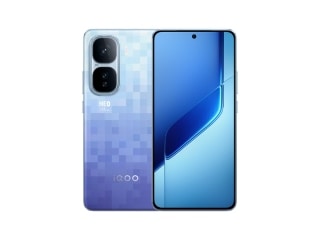Led by an Indian-American student Apoorva Kiran,
scientists at Cornell University in New York have 3D-printed a working
loudspeaker - seamlessly integrating the plastic, conductive and
magnetic parts - that is ready for use almost as soon as it comes out of
the printer.
The successful implementation of the new 3D printing
technique implies that rather than assembling consumer products from
parts and components, complete functioning products could be fabricated
at once, on demand.
Kiran and Robert MacCurdy, graduate students
in mechanical engineering, worked with Hod Lipson, associate professor
of mechanical and aerospace engineering, to develop this unique
technique, said a press release by Cornell University.
"Everything is 3D-printed," said Kiran, as he launched a demo by connecting the newly-printed mini speaker to amplifier wires.
For
the demo, the amplifier played a clip from US president Barack Obama's
'State of the Union' speech that touch on 3D printing.
"A
loudspeaker is a relatively simple object. It consists of plastic for
the housing, a conductive coil and a magnet. The challenge is coming up
with a design and the exact materials that can be co-fabricated into a
functional shape," Kiran said.
Kiran used one of the lab's
Fab@Homes - a customisable research printer that allows scientists to
tinker with different cartridges, control software and other parameters.
For
the conductor, Kiran used a silver ink. For the magnet, he employed the
help of Samanvaya Srivastava, a graduate student in chemical and
biomolecular engineering, to come up with a viscous blend of strontium
ferrite.
After making a detailed digital model of the telegraph, they printed it on a research 'fabber'.
3D
printing technology could be moving from printing passive parts toward
printing active, integrated systems, added the release. But it will be a
while before consumers are printing electronics at home.
Most
printers cannot efficiently handle multiple materials. It's also
difficult to find mutually compatible materials - for example,
conductive copper and plastic coming out of the same printer require
different temperatures and curing times.
Creating a market for
printed electronic devices could be like introducing colour printers
after only black and white had existed. "It opens up a whole new space
that makes the old look primitive," the release added.
 Samsung Odyssey 3D, Odyssey OLED G8 and Odyssey G9 Gaming Monitors Launched in India9 April 2025
Samsung Odyssey 3D, Odyssey OLED G8 and Odyssey G9 Gaming Monitors Launched in India9 April 2025 3D Mapping Reveals 52-Foot Megaripples from Chicxulub Asteroid in Louisiana13 March 2025
3D Mapping Reveals 52-Foot Megaripples from Chicxulub Asteroid in Louisiana13 March 2025 Xiaomi 16 Pro to Feature 3D-Printed Metal Mid-Frame for Lower Weight, Better Thermal Performance: Ming-Chi Kuo7 March 2025
Xiaomi 16 Pro to Feature 3D-Printed Metal Mid-Frame for Lower Weight, Better Thermal Performance: Ming-Chi Kuo7 March 2025 Scientists Discover Hidden Clues to the Dark Universe in 3D Galaxy Maps30 January 2025
Scientists Discover Hidden Clues to the Dark Universe in 3D Galaxy Maps30 January 2025 Samsung Odyssey OLED G8, Four Other Monitors Announced Ahead of CES 20252 January 2025
Samsung Odyssey OLED G8, Four Other Monitors Announced Ahead of CES 20252 January 2025















